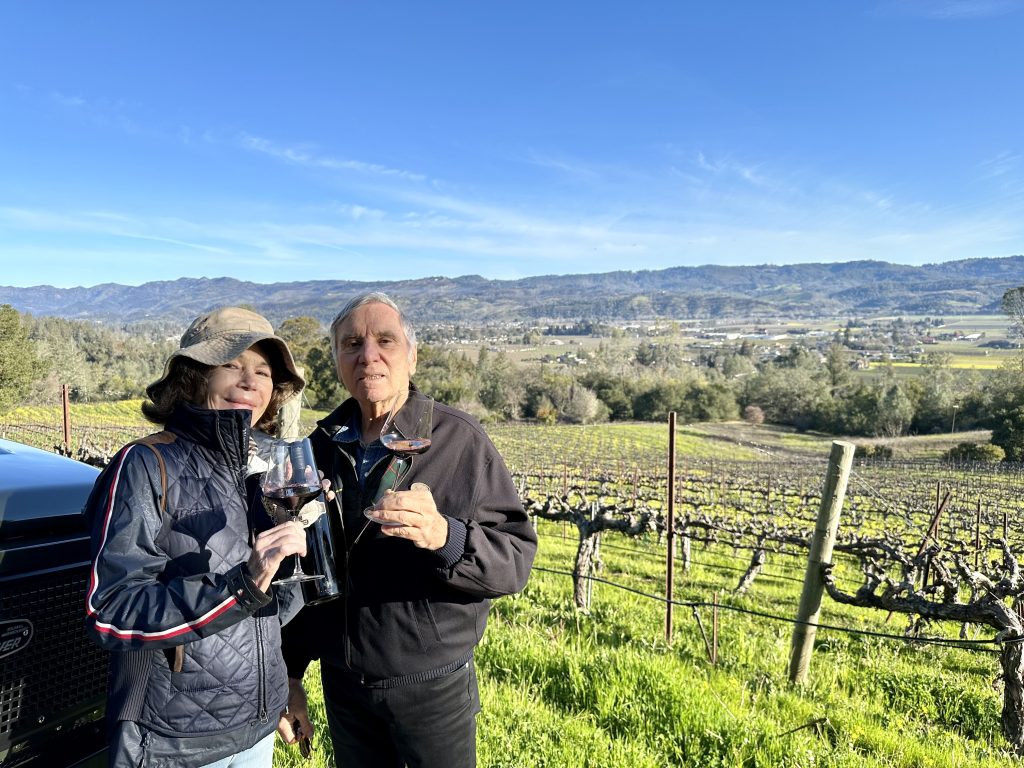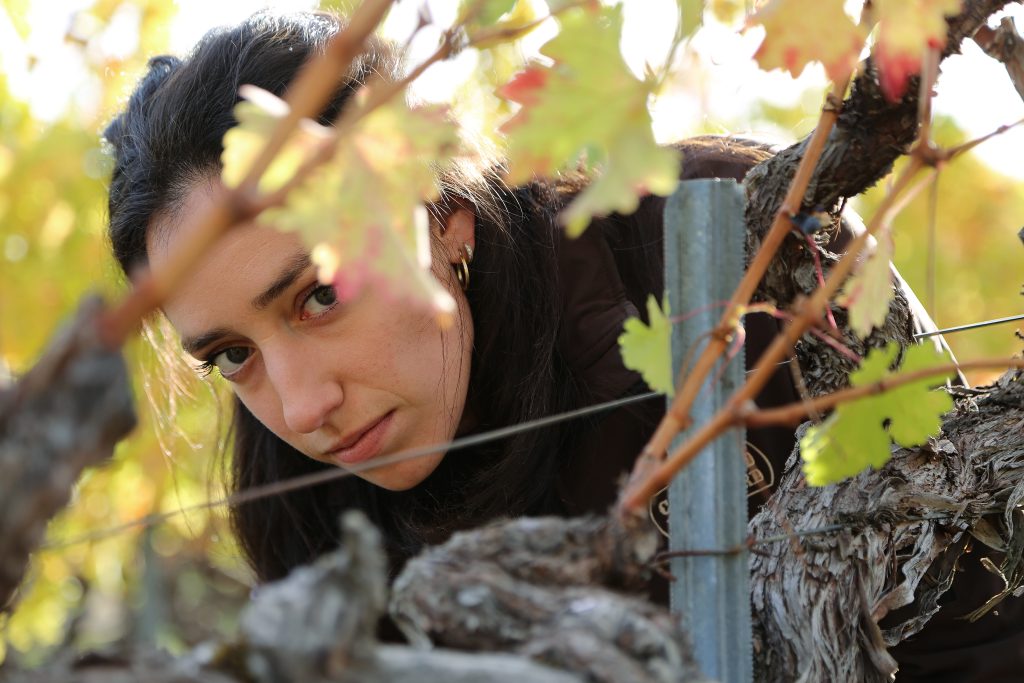Cathiard Vineyards: finding the balance
This year sees the second release of a new Napa icon – Cathiard Vineyard – a historic vineyard acquired by the owners of Bordeaux’s Chateau Smith Haut Lafitte in 2020. Arabella Mileham talks to Florence Cathiard and Bordeaux winemaker Florien Teitgen about their plans in Napa.

Buying a vineyard thousands of miles across the Atlantic just before the onset of a global pandemic might have caused a lesser couple to blanch, but the acquisition of the historic Napa property seems to have gone the opposite for Daniel and Florence Cathiard.
The couple – former Olympic skiers who have owned the Pessac-Léognan Grand Cru Classé since 1990 – first visited the US back in 1969 when they went to the famous Woodstock Festival but it was only many years later, when they were showed the estate, that the opportunity to acquire land in Napa arose.
“We bought it too quickly, too high, but my husband Daniel loves it!” Florence laughs. “There is beauty everywhere and the smell of the wines is incredible.”
Situated in Rutherford and St. Helena at the foothills of the Mayacamas Mountains, the diamond-block vineyards on the Rutherford Bench rise to an altitude of 1200m. “We have lots of slopes, which is hard to work with, but very interesting in the glass,” Cathiard says. “It’s like Smith Maison Lafite but vertically”
The vineyards were already planted with classic Bordeaux varieties, Cabernet Sauvignon, Merlot and Cabernet Franc (as well as two blocks of Merlot) but as winemaker Fabien Teitgen points out, this is where the similarities end.
“With the same varietals, you’d think you’d have the same result, and taste but it’s not true. I was very careful with that when we began this project, because I know that the Cabernet has not the same taste in Napa and in Bordeaux,” he explains. “It was a case of starting with a blank slate, centred around tasting the grapes and wine, and understanding what’s happening,” he said.
Teitgen is working with dynamic young winemaker Justine Labbé, who has been his protégé in Bordeaux for three years but is now based in Napa, but the team has also brought in Michel Rolland, who helps benchmark the wines, and oenologist Frederick Ammons (“he knows the terroir so well,” Cathiard explains) as consultants.
As might be expected, the approach is to move away from the high yields favoured by the previous owner and move towards better quality. As Cathiard notes, “the previous owners were making 670k bottles, we’re making 62k bottles, so it’s totally different.” It was for this reason, they did not buy the winery’s back-inventory.
In the last four years, the winery and the estate itself has undergone a renovation. For example, two blocks of Malbec were uprooted and replanted with Cabernet (“It’s great in Argentina, but not sure you can make a great wine with Malbec in Napa,” Teitgen notes).
He has also made changes to the pruning and canopy management.

Whereas the previous owners used to prune largely to ensure a big production, Teitgen’s philosophy is quality-driven, to follow the ability of the plants to ripen the right amount of grapes for the vine, thus maintaining the right balance between the canopy and roots to ensure the best level of ripeness, he explains.
Partner Content
“The previous owner didn’t think about the viticulture as we think about the viticulture, so they didn’t produce the same gapes,” he says. “So it’s not about the wine they used to do, but what the wine will do.”
But he’s at pains to ensure that it’s not a replica of what they are doing in Bordeaux.
“We grow the same varietal, but at the end of the day, it’s not the same taste, grapes or the same balance,” he explains. “Napa and Bordeaux are very different and it would be a mistake to try to do the same ‘recipe.”
The commonality, however, is balance.
“The question is balance, harmony and freshness – and we need to have that all over the world,” he explains. In Napa this means paying attention to preserving the freshness, and taming the naturally big tannins to make them more polished.
“In Napa you have very easily a very big quantity of tannin because the skins are very thin, and because of the difference in temperature between day and night, you have a strong accumulation of tannins and polyphenols,” he said.
As a result, there is a focus on the careful timing of the harvest – picking of grapes not too ripe – as well as gentler extraction techniques, such as maintaining cooler temperature during fermentation and minimising the movement in the vats, pumping over less and using smaller barrels.
The oldest vines used for the wines are 46 yrs old – and these tend to be used for the Cathiard, while Founding Brothers, its Bordeaux-style blend, has vines of around 35 years old, with another Bordeaux blend, Hora, being made up of 20-year old vines.
The wines were aged for 20 months, remaining in vats after blending in order to finish the integration of the blend, before being put in bottle in December 2023.
Although young, they are very approachable, Teitgen notes. “This is the funny part of these kinds of wine – you don’t have the same in Bordeaux. In Bordeaux, it’s not so easy to taste [young].”
Related news
Strong peak trading to boost Naked Wines' year profitability




